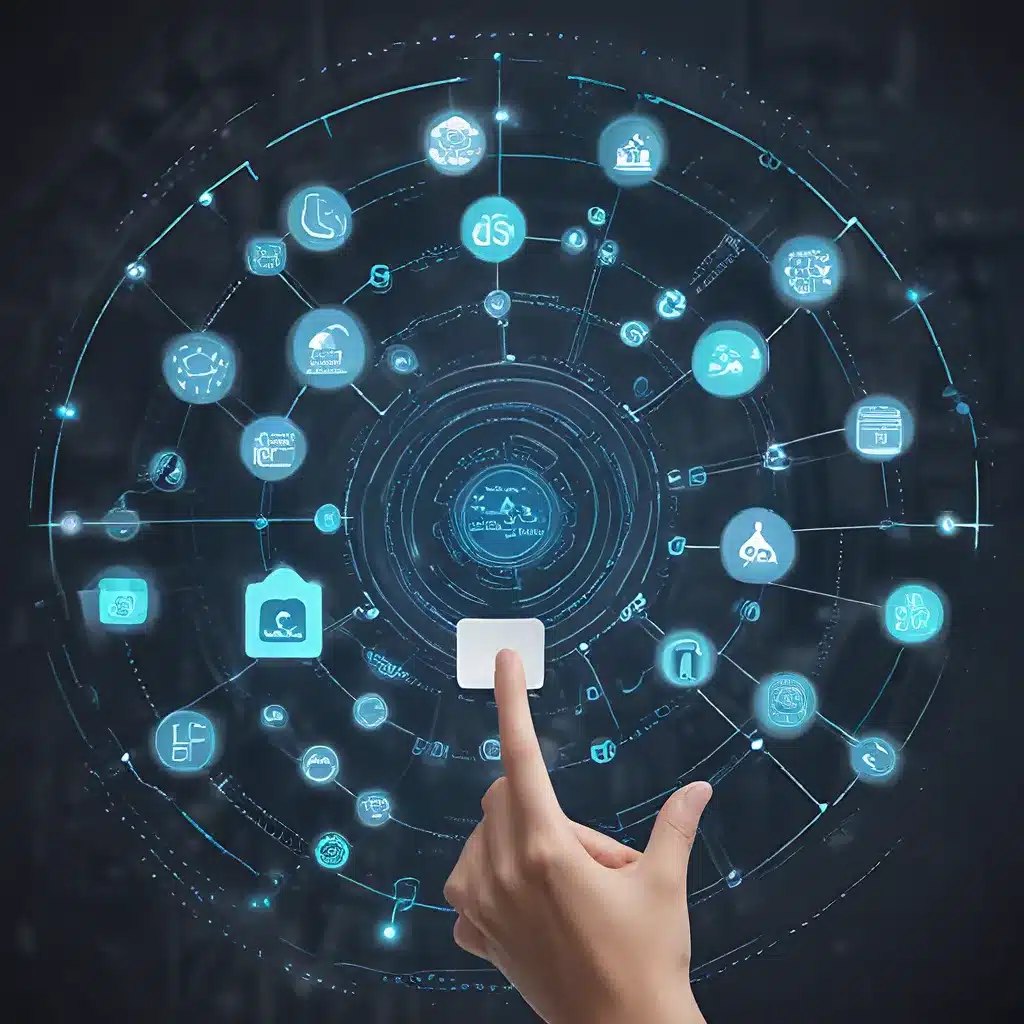
As the Internet of Things (IoT) continues to revolutionize our lives, the security and privacy of sensor data have become critical concerns. With the proliferation of IoT devices, from smart home appliances to industrial automation systems, the need to safeguard this vast network of interconnected sensors has never been more pressing.
Addressing the Challenges of IoT Security
The inherent complexity of IoT systems poses unique security challenges. IoT devices are often resource-constrained, making it difficult to implement robust security measures. Additionally, the diversity of IoT protocols and the lack of industry-wide security standards create vulnerabilities that cybercriminals can exploit.
To address these challenges, innovative approaches to IoT security are emerging. One such approach is the use of blockchain technology to enhance data integrity and traceability. By leveraging the decentralized and tamper-resistant nature of blockchain, IoT systems can ensure the authenticity of sensor data, mitigating the risks of data manipulation and unauthorized access.
Ensuring Privacy Compliance in IoT Ecosystems
The collection and processing of sensor data often involve sensitive personal information, making privacy a paramount concern. Regulatory frameworks, such as the General Data Protection Regulation (GDPR) and the Health Insurance Portability and Accountability Act (HIPAA), have been implemented to safeguard individual privacy rights.
IoT solution providers must navigate the complexities of these regulations and implement appropriate privacy-preserving measures. This includes data anonymization, secure data encryption, and the implementation of user consent management systems. By proactively addressing privacy concerns, IoT ecosystems can build trust with end-users and ensure compliance with relevant data protection laws.
Optimizing Energy Efficiency in Sensor Networks
Another critical aspect of IoT design is energy efficiency. IoT devices, particularly those deployed in remote or inaccessible locations, must be designed to minimize power consumption and maximize battery life. This is essential not only for the sustainability of the IoT ecosystem but also for enabling long-term, uninterrupted data collection.
Innovative energy-harvesting techniques, such as the use of solar panels or thermoelectric generators, can help power IoT devices without relying solely on traditional battery systems. Additionally, adaptive duty-cycling and sensor data compression strategies can significantly reduce the energy demands of IoT networks.
Leveraging Edge Computing for Improved Sensor Network Performance
The rise of edge computing has also had a significant impact on the IoT landscape. By processing data closer to the source, edge devices can reduce latency, improve real-time responsiveness, and minimize the need for continuous data transmission to cloud servers.
This distributed computing approach not only enhances the performance of IoT systems but also enhances privacy and security. By processing sensitive data at the edge, the risk of unauthorized access or data breaches is reduced, as the data never leaves the local network.
Adopting Interoperable IoT Standards and Protocols
To achieve a truly seamless IoT ecosystem, the industry must embrace interoperable standards and protocols. The lack of compatibility between various IoT devices and platforms has been a longstanding challenge, hindering the widespread adoption and integration of IoT technologies.
Initiatives like the Open Connectivity Foundation (OCF) and the Industrial Internet Consortium (IIC) are working to develop universal IoT standards that ensure interoperability, enabling diverse IoT devices to communicate and collaborate effectively. By adopting these standards, IoT solution providers can create scalable and future-proof systems that can adapt to evolving technological advancements.
Conclusion: Securing the IoT Future
As the IoT revolution continues to unfold, the imperative to safeguard sensor data and ensure privacy compliance has never been more pressing. By embracing innovative security techniques, energy-efficient designs, and interoperable standards, the IoT industry can build a secure, sustainable, and user-centric ecosystem that unlocks the full potential of connected technologies.
The future of the IoT is a testament to the power of collaboration, innovation, and a steadfast commitment to privacy and security. By staying vigilant and proactively addressing the challenges, the IoT ecosystem can thrive, empowering individuals, industries, and societies to reap the transformative benefits of this technological revolution.
To explore more about sensor networks, IoT applications, and the latest developments in this dynamic field, visit the Sensor Networks website.